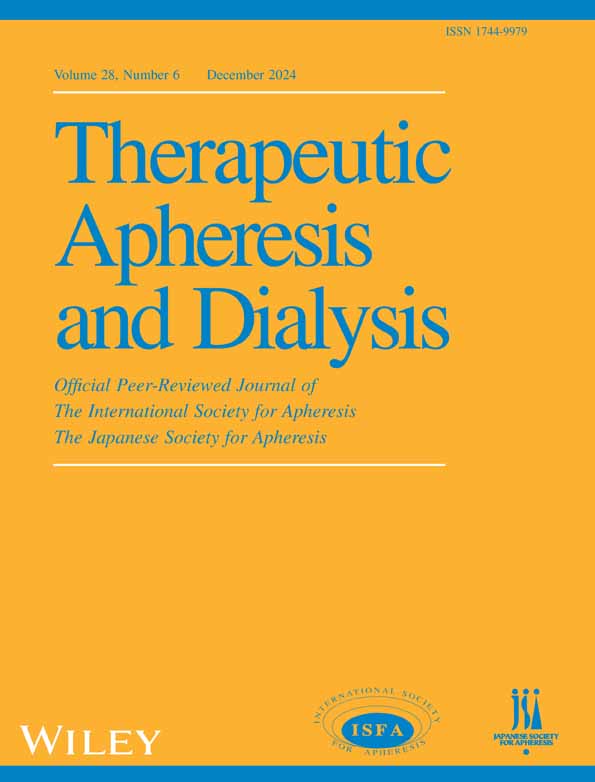Risk factors associated with mortality among patients on maintenance hemodialysis: The Thailand Renal Replacement Therapy registry
Abstract
Introduction
End-stage kidney disease (ESKD) has been increasing in prevalence across the world, including Thailand, and patients with ESKD on hemodialysis have a high mortality risk.
Methods
A retrospective cohort study was performed across 855 hemodialysis centers in the Thailand Renal Replacement Therapy registry. The database and mortality data were analyzed.
Results
A total of 58 952 patients were included. The survival rates at 1, 3, and 5 years were 93.5%, 69.7%, and 41.2%, respectively. On multivariate analysis, factors such as aging, permanent catheter or arteriovenous graft, twice-weekly hemodialysis, low levels of urea reduction ratio, normalized protein catabolic rate, hemoglobin, transferrin saturation, serum albumin, LDL-cholesterol, intact-parathyroid hormone, uric acid, sodium, phosphate, and bicarbonate were significantly related to death.
Conclusion
Mortality is high in ESKD patients on hemodialysis. Age, type of vascular access, twice-weekly hemodialysis, inadequate dialysis, low protein intake, anemia, abnormal electrolytes, and bone mineral disorders are associated with all-cause mortality.
CONFLICT OF INTEREST STATEMENT
The authors declare that they have no competing interests.
Open Research
DATA AVAILABILITY STATEMENT
The datasets used and/or analyzed during the current study are available from the corresponding author upon request.




